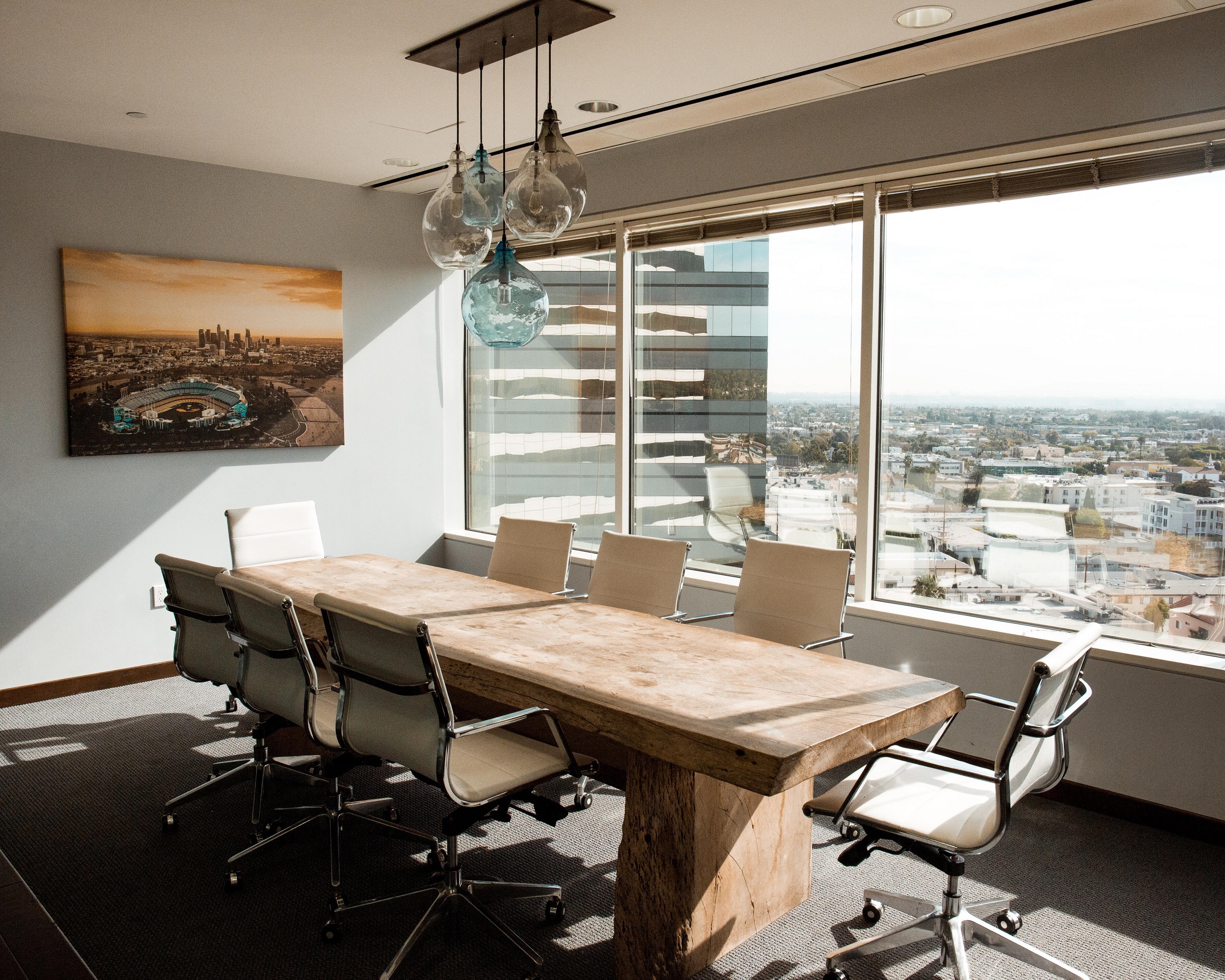The Changing Landscape of Workspaces In recent years, the way we work has undergone a significant transformation. The traditional office environment, characterized by rows of cubicles and a fixed 9-to-5 schedule, is no longer the only option for companies. Advances in technology, changes in work culture, and the impact of the COVID-19 pandemic have accelerated the adoption of alternative workspace options. Companies are now reevaluating how and where work gets done, recognizing that flexible and innovative solutions can improve productivity, employee satisfaction, and even the bottom line.
Energizing Outdoor Workspaces: A Breath of Fresh Air for Productivity
In addition to the various indoor workspace options, many forward-thinking companies are also recognizing the value of incorporating outdoor charge spots. These outdoor spaces equipped with power outlets and seating arrangements allow employees to work or recharge their devices in a natural environment. Outdoor charge spots not only promote a healthy work-life balance but also offer a breath of fresh air, encouraging creativity and reducing the sense of confinement that can come with traditional office settings. By embracing these outdoor workspaces, companies are not only catering to the changing needs of their workforce but also promoting sustainability and well-being in the workplace.
Remote Work and Telecommuting
One of the most prominent alternative workspace options is remote work or telecommuting. This trend gained tremendous momentum during the pandemic, and it’s likely to remain a prominent feature of the work landscape. Many companies have realized that employees can be just as effective working from home or other remote locations, which can reduce the need for a physical office space and potentially lower overhead costs.
Co-Working Spaces
Co-working spaces have become increasingly popular for companies and individuals seeking flexible office solutions. These shared spaces offer the benefits of a traditional office without the long-term commitment and high costs. Co-working environments provide an opportunity for networking, collaboration, and the ability to choose the most suitable workspace for the task at hand.
Hybrid Work Models
A growing number of companies are adopting hybrid work models, which combine remote work with in-office work. This approach offers employees the flexibility to choose where they work, depending on their needs and the nature of their tasks. Hybrid work models can improve work-life balance, reduce commute times, and help companies retain and attract top talent.
Activity-Based Workspaces
Activity-based workspaces are designed to cater to various work styles and tasks within a single office environment. Instead of assigning employees fixed desks, companies create different zones optimized for collaboration, focus work, brainstorming, or meetings. This allows employees to choose the best setting for their specific work requirements, enhancing productivity and job satisfaction.
Elevating Outdoor Workspaces with Pavers
Many companies are taking outdoor workspace design to the next level by creating dedicated patio areas within their premises. These outdoor patios, often adorned with aesthetically pleasing patio pavers, offer employees a versatile and comfortable environment to work and relax. Patio pavers, with their durability and aesthetic appeal, not only enhance the visual aspect of these spaces but also provide a stable and even surface for furniture and equipment. These outdoor patios can be transformed into vibrant hubs for meetings, brainstorming sessions, or simply a change of scenery for individual work. They offer an inviting and rejuvenating atmosphere, further emphasizing the importance of connecting with the outdoors while remaining productive at work.
The evolving landscape of workspaces is redefining how companies operate. Traditional office spaces are no longer the only option, and organizations are increasingly embracing alternative workspace solutions. From remote work and co-working spaces to hybrid work models and activity-based workspaces, companies have a multitude of options to choose from. These alternatives can improve flexibility, reduce costs, and ultimately enhance employee well-being. As businesses continue to adapt to the changing world of work, the flexibility to explore these options will be key to success in the modern workplace.



